In a speech, Fed Vice Chair Richard Clarida outlined six features of the new framework adopted last fall.
- First, the lift off from the effective lower bound (ELB) interest rate was “delayed” until PCE inflation has risen to 2%, while other complementary conditions are met.
- Second, FOMC aims to achieve inflation moderately above 2% “for some time in the service of keeping longer-term inflation expectations well anchored at the 2 percent longer-run goal”.
- Third, monetary policy will “remain accommodative for some time after the conditions to commence policy normalization have been met.”
- Fourth, “policy will aim over time to return inflation to its longer-run goal, which remains 2 percent, but not below”.
- Fifth, inflation that averages 2 percent over time represents an ex ante aspiration of the FOMC, but not a time-inconsistent ex post commitment.
- Sixth, maximum employment is now defined as “the highest level of employment that does not generate sustained pressures that put the price-stability mandate at risk.”




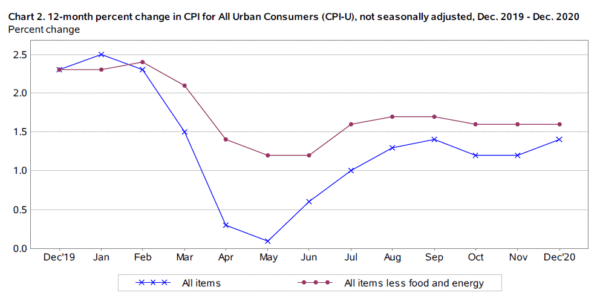
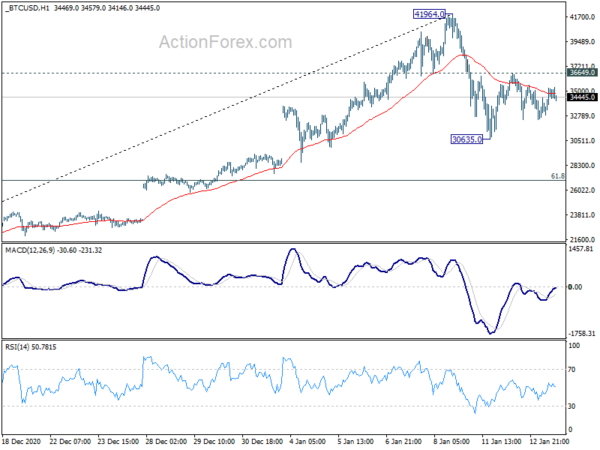
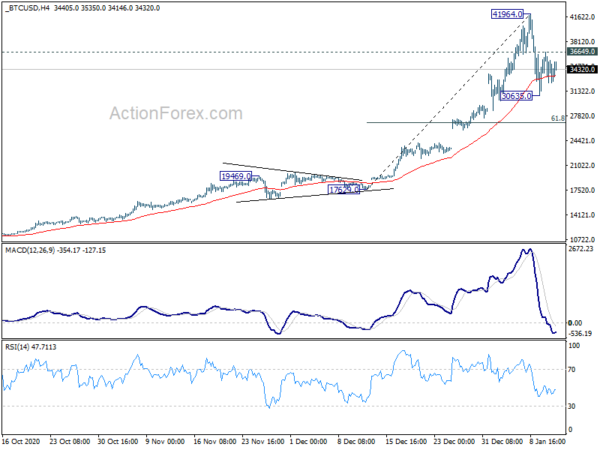
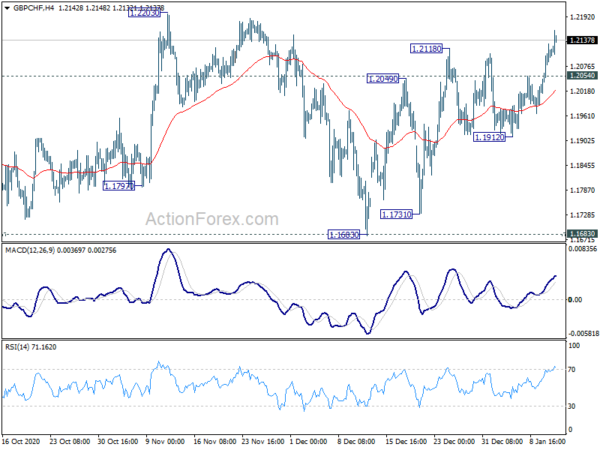
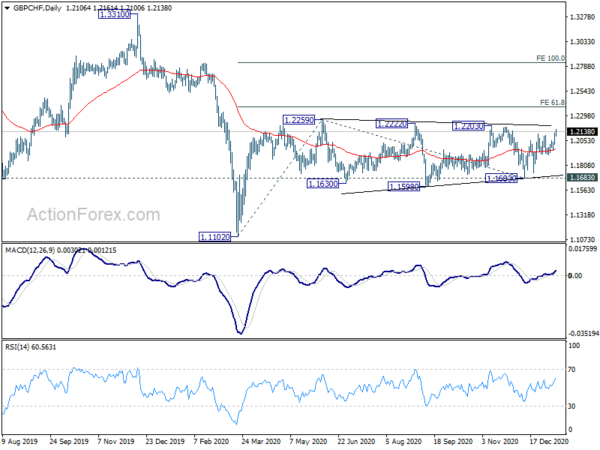
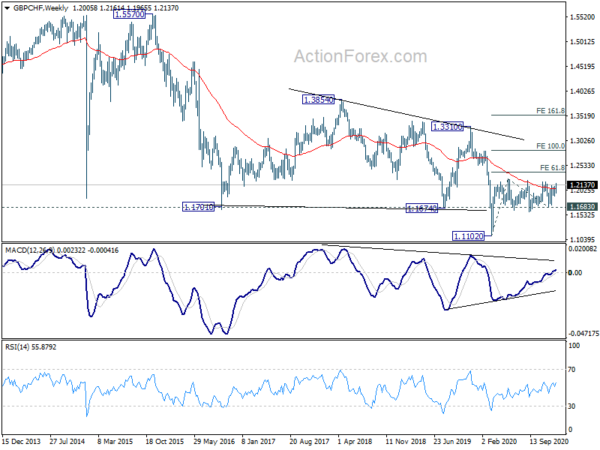
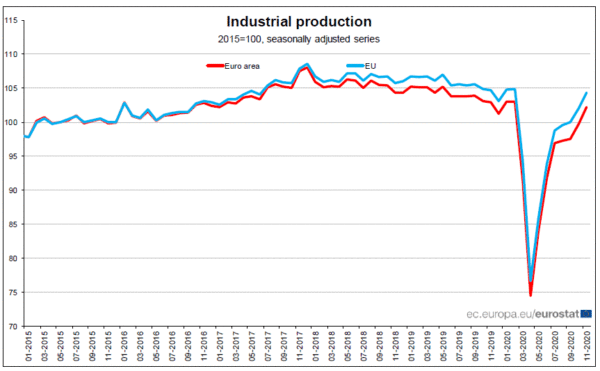
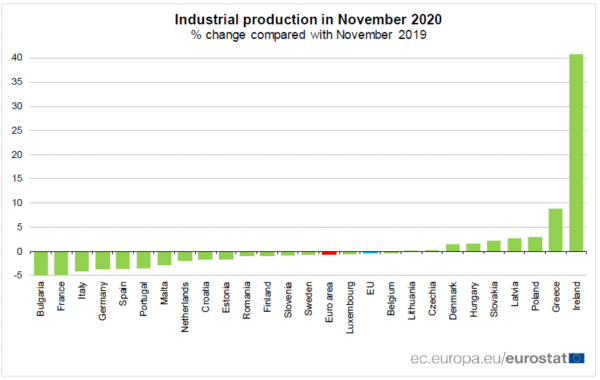
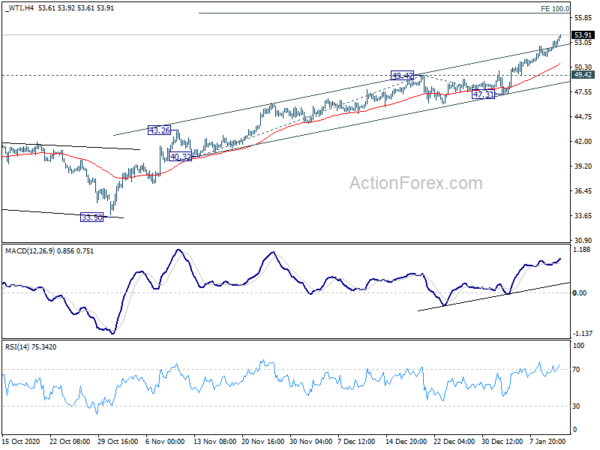
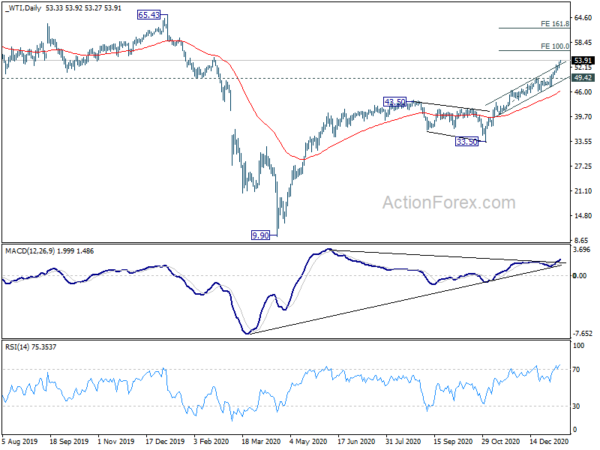
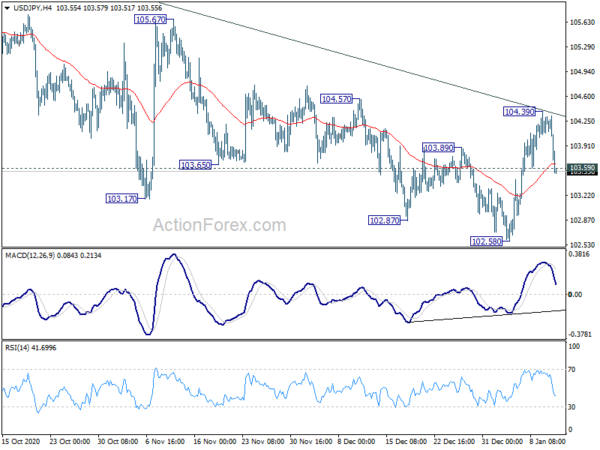
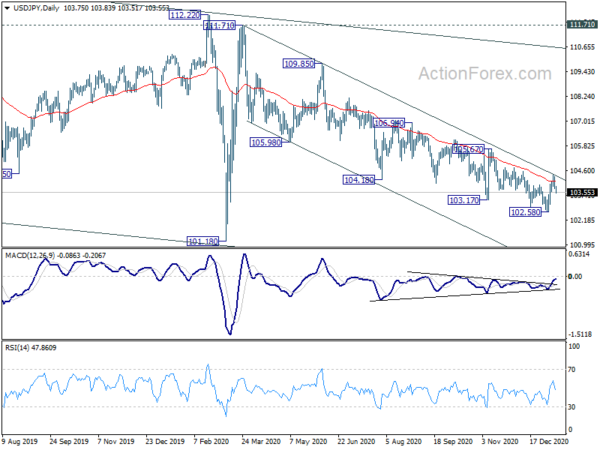
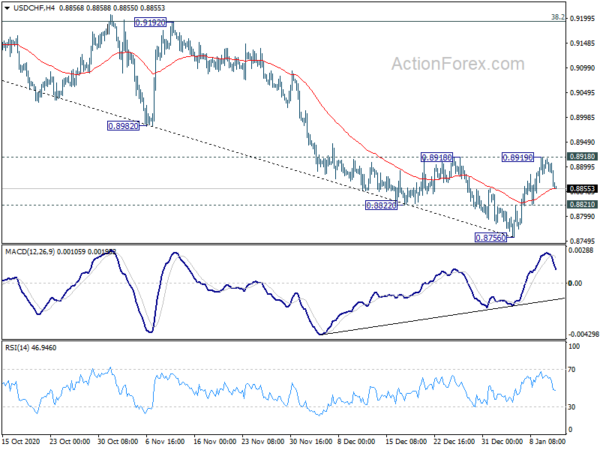
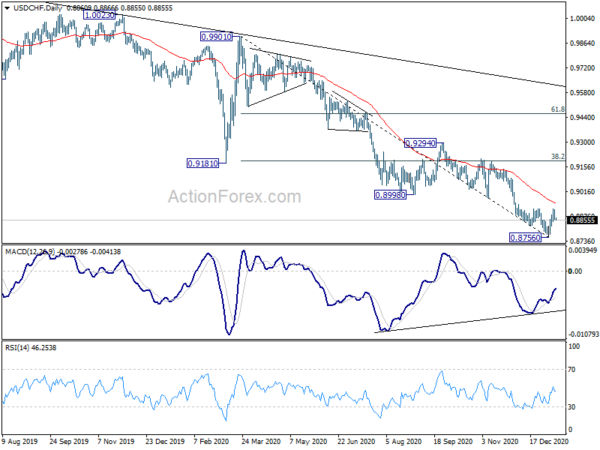
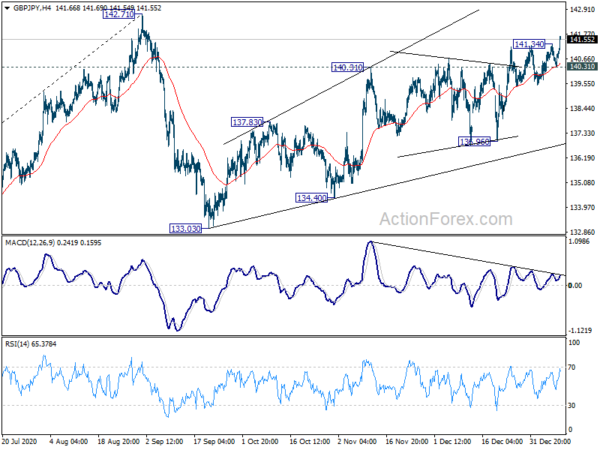
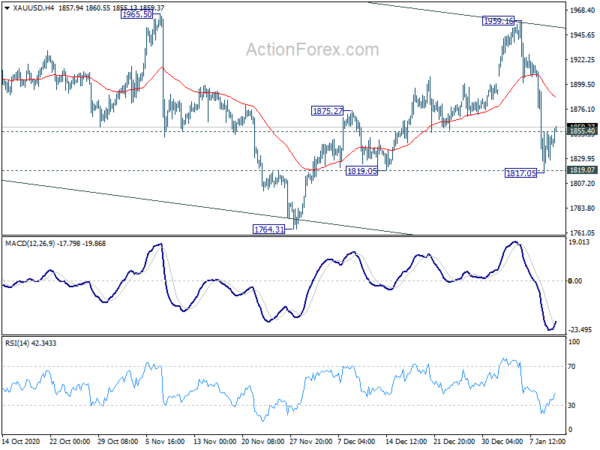
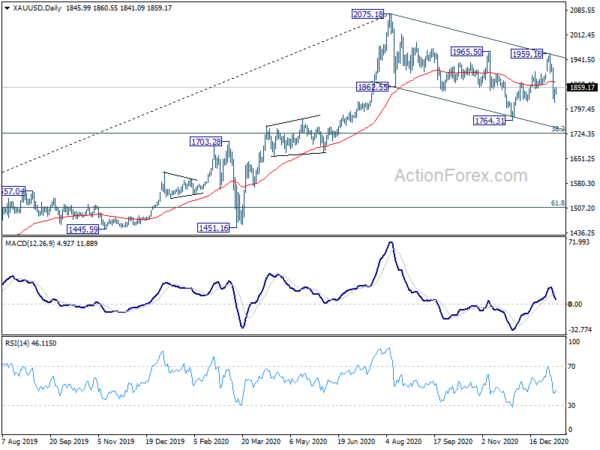

Fed Rosengren: Labor market to be stagnant before widespread vaccinations
Boston Fed President Eric Rosengren said in an interview that “labor market is going to be stagnant for the next couple months until we have much more widespread vaccinations.” But going into Q2, ” I’m hoping enough people are vaccinated that we can start spending, particularly in those areas where we haven’t been able to spend,” he added.
Some sectors are most impacted by the coronavirus pandemic, including accommodation, food and entertainment. Rosengren said they will need more fiscal support, until vaccines make it possible for consumers to return. In particular, a fiscal program that provides grants to struggling businesses maybe one of the most effective ways to support mid-sized companies.